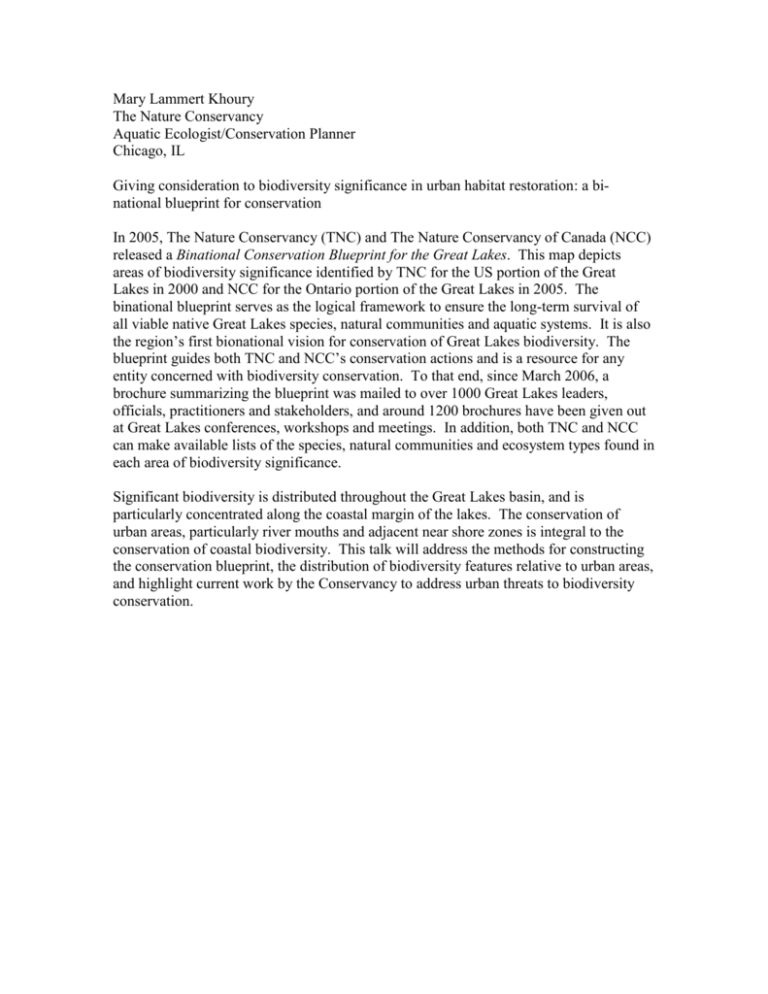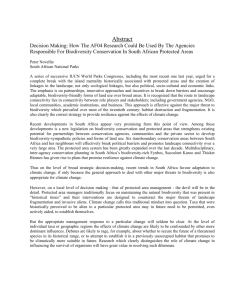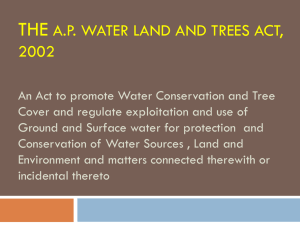Biodiversity significance in urban habitat restoration
advertisement

Mary Lammert Khoury The Nature Conservancy Aquatic Ecologist/Conservation Planner Chicago, IL Giving consideration to biodiversity significance in urban habitat restoration: a binational blueprint for conservation In 2005, The Nature Conservancy (TNC) and The Nature Conservancy of Canada (NCC) released a Binational Conservation Blueprint for the Great Lakes. This map depicts areas of biodiversity significance identified by TNC for the US portion of the Great Lakes in 2000 and NCC for the Ontario portion of the Great Lakes in 2005. The binational blueprint serves as the logical framework to ensure the long-term survival of all viable native Great Lakes species, natural communities and aquatic systems. It is also the region’s first bionational vision for conservation of Great Lakes biodiversity. The blueprint guides both TNC and NCC’s conservation actions and is a resource for any entity concerned with biodiversity conservation. To that end, since March 2006, a brochure summarizing the blueprint was mailed to over 1000 Great Lakes leaders, officials, practitioners and stakeholders, and around 1200 brochures have been given out at Great Lakes conferences, workshops and meetings. In addition, both TNC and NCC can make available lists of the species, natural communities and ecosystem types found in each area of biodiversity significance. Significant biodiversity is distributed throughout the Great Lakes basin, and is particularly concentrated along the coastal margin of the lakes. The conservation of urban areas, particularly river mouths and adjacent near shore zones is integral to the conservation of coastal biodiversity. This talk will address the methods for constructing the conservation blueprint, the distribution of biodiversity features relative to urban areas, and highlight current work by the Conservancy to address urban threats to biodiversity conservation.








